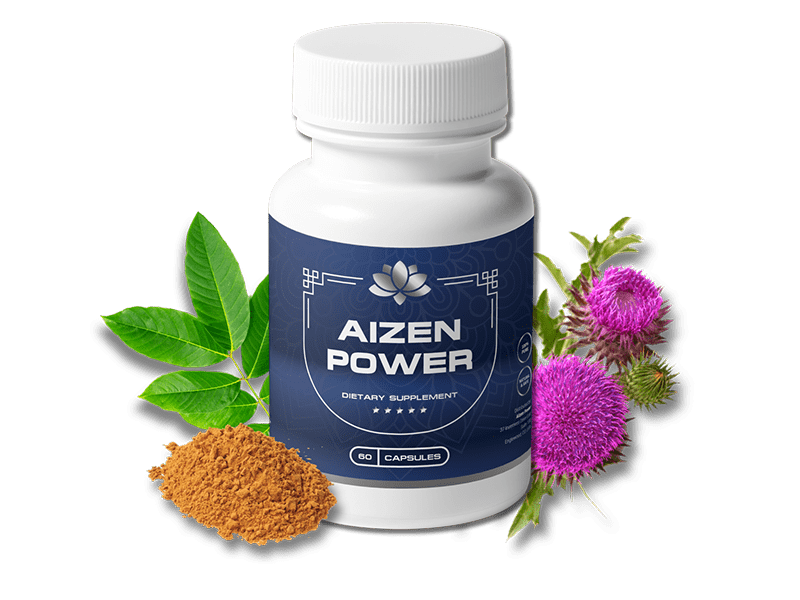
Introduction
In today’s competitive market, standing out in the male enhancement niche requires strategic approaches and effective supplements like Aizen Power. With the right tactics, you can dominate the market and witness significant growth in your business. This article presents a comprehensive guide on how to leverage Aizen Power supplements to dominate the male enhancement niche effectively.
Understanding the Male Enhancement Market
To dominate the male enhancement niche today, it’s crucial to have a deep understanding of the market landscape. This entails analyzing consumer preferences, competitor strategies, and emerging trends. By staying informed, you can identify unique opportunities to position Aizen Power supplements as the go-to choice for consumers seeking male enhancement solutions.
Identifying Target Audience
Before diving into marketing strategies, it’s essential to identify your target audience accurately. Understanding their demographics, interests, and pain points will enable you to tailor your messaging and offers to resonate with their needs effectively. With Aizen Power supplements, catering to the specific preferences of your target audience can significantly enhance your market dominance.
Crafting Compelling Brand Messaging
Effective brand messaging is paramount in capturing the attention of your target audience and differentiating Aizen Power supplements from competitors. Focus on highlighting the unique benefits and value propositions of the product, emphasizing its efficacy, safety, and natural ingredients. By crafting compelling brand messaging, you can establish a strong emotional connection with consumers and solidify your position in the male enhancement niche.
Building Trust and Credibility
Establishing trust and credibility is essential for long-term success in the male enhancement market. Utilize testimonials, reviews, and case studies to showcase the positive experiences of satisfied customers who have benefited from Aizen Power supplements. Additionally, transparent communication and adherence to quality standards can further enhance trust among consumers, making them more inclined to choose Aizen Power over other options.
Implementing Targeted Marketing Strategies
To effectively dominate the male enhancement niche, it’s crucial to implement targeted marketing strategies that reach your ideal customers. Utilize a mix of digital marketing channels such as social media, search engine optimization (SEO), and email marketing to reach your target audience where they spend their time online. By delivering personalized messages and offers, you can maximize the impact of your marketing efforts and drive sales of Aizen Power supplements.
Optimizing Product Distribution Channels
In addition to marketing strategies, optimizing product distribution channels is key to dominating the male enhancement niche. Partnering with reputable retailers, pharmacies, and e-commerce platforms can expand the reach of Aizen Power supplements and make them more accessible to consumers. Furthermore, offering incentives such as discounts, promotions, and free samples can incentivize retailers to prioritize the promotion and sale of Aizen Power products.
Providing Exceptional Customer Support
Exceptional customer support is a crucial aspect of dominating the male enhancement niche and fostering long-term customer loyalty. Ensure that customers have access to prompt and helpful support channels, whether it’s through phone, email, or live chat. By addressing customer inquiries, concerns, and issues promptly and professionally, you can enhance the overall customer experience and strengthen the reputation of Aizen Power supplements.
Adapting to Market Dynamics
The male enhancement market is constantly evolving, with new trends, technologies, and consumer preferences shaping the landscape. To maintain dominance in the niche, it’s essential to stay agile and adaptable, continuously monitoring market dynamics and adjusting your strategies accordingly. By embracing innovation and staying ahead of the curve, you can ensure that Aizen Power supplements remain relevant and competitive in the ever-changing market.
Emphasizing Product Quality and Innovation
In a competitive market like male enhancement, product quality and innovation are paramount. Continuously invest in research and development to enhance the effectiveness and safety of Aizen Power supplements, incorporating feedback from customers and industry experts. By prioritizing product quality and innovation, you can differentiate Aizen Power from competitors and solidify its position as a market leader in male enhancement solutions.
Conclusion
Domination in the male enhancement niche requires a strategic and holistic approach that encompasses understanding the market, identifying target audience, crafting compelling brand messaging, building trust and credibility, implementing targeted marketing strategies, optimizing product distribution channels, providing exceptional customer support, adapting to market dynamics, and emphasizing product quality and innovation. By following these effective strategies and leveraging Aizen Power supplements, you can position your brand for long-term success and dominance in the male enhancement market.
Dominate The Male Enhancement Niche Today with Aizen Power Supplements
To truly dominate the male enhancement niche today, it’s essential to harness the power of Aizen Power supplements. With their natural ingredients and proven efficacy, Aizen Power supplements stand out as a superior choice for consumers seeking safe and effective male enhancement solutions. By incorporating Aizen Power into your marketing strategies and product offerings, you can confidently assert your dominance in the competitive male enhancement market.
FAQs
- Are Aizen Power supplements safe to use? Yes, Aizen Power supplements are formulated with natural ingredients and undergo rigorous testing to ensure safety and efficacy for consumers.
- How long does it take to see results with Aizen Power supplements? Results may vary, but many users report experiencing noticeable improvements in energy, stamina, and performance within a few weeks of regular use.
- Can Aizen Power supplements help with erectile dysfunction? Aizen Power supplements are designed to support overall male sexual health and performance, including addressing issues like erectile dysfunction.
- Are there any side effects associated with Aizen Power supplements? Aizen Power supplements are generally well-tolerated, but individuals with pre-existing medical conditions or allergies should consult with a healthcare professional before use.
- Where can I purchase Aizen Power supplements? Aizen Power supplements are available for purchase online through the official website and select retail partners.
- What sets Aizen Power supplements apart from other male enhancement products? Aizen Power supplements distinguish themselves through their potent blend of natural ingredients, proven efficacy, and commitment to quality and safety.
